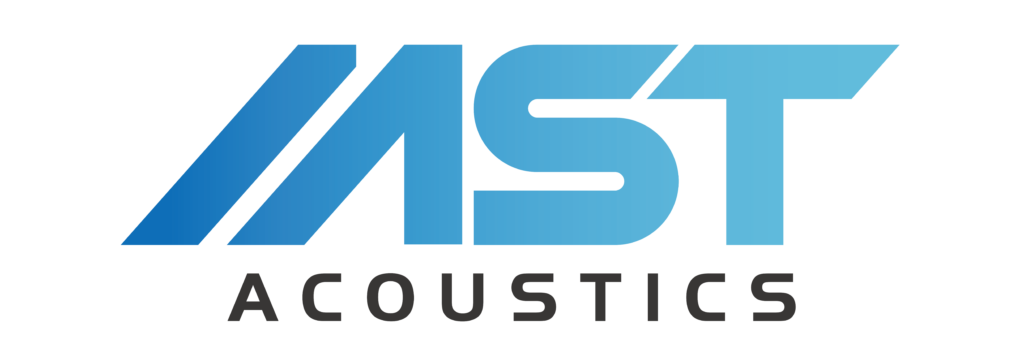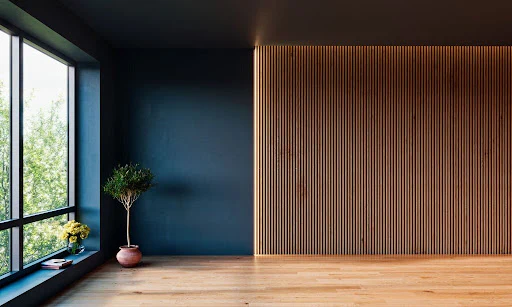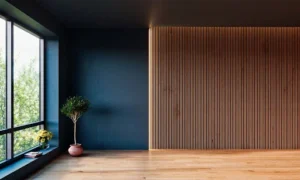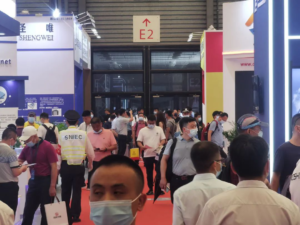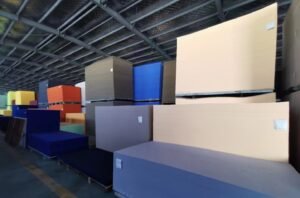The acoustic panel market continues to evolve rapidly, driven by advancements in material science, sustainability demands, and changing workplace dynamics. Here are the key trends shaping the industry worldwide:
1. Sustainable & Eco-Friendly Materials
With growing environmental awareness, manufacturers are shifting toward recycled and biodegradable materials. Wool, hemp, and recycled PET felt are gaining popularity as alternatives to traditional fiberglass. Companies are also adopting low-VOC adhesives and non-toxic fire retardants to meet green building certifications like LEED and WELL.
2. Aesthetic Integration & Customization
Acoustic panels are no longer just functional—they are design elements. Demand for customizable shapes, colors, and printed designs (including branded and artistic panels) is rising. Perforated wood, 3D geometric designs, and fabric-wrapped panels that blend with modern interiors are trending.
3. Hybrid Workplaces & Office Acoustics
The post-pandemic shift to hybrid work has increased demand for acoustic solutions in open-plan offices, co-working spaces, and home offices. Soundproof phone booths, modular partition systems, and ceiling baffles are seeing higher adoption.
4. Improved NRC Ratings & Broadband Absorption
Clients now seek panels with higher Noise Reduction Coefficient (NRC) ratings (0.8+) for better speech intelligibility and noise control. Broadband absorbers that target both high and low frequencies are in demand, especially in recording studios and auditoriums.
5. 3D Printing & Modular Acoustic Solutions
3D-printed acoustic panels allow for intricate, sound-diffusing designs while reducing material waste. Modular systems that can be easily reconfigured are gaining traction in flexible workspaces and educational environments.
6. Growth in Asia-Pacific & Emerging Markets
The Asia-Pacific region is experiencing rapid growth due to urbanization, increased construction, and stricter noise regulations. Countries like China, India, and Southeast Asian nations are investing heavily in acoustic solutions for commercial and residential spaces.
7. Smart Acoustic Panels with IoT Integration
Some manufacturers are experimenting with sensor-equipped panels that monitor noise levels and adjust absorption properties dynamically. While still niche, this innovation could redefine adaptive acoustics in smart buildings.
Conclusion
The acoustic panel industry is moving toward sustainability, design flexibility, and smarter solutions. Businesses that prioritize eco-friendly materials, aesthetic versatility, and high-performance sound control will lead the market in the coming years.
Stay updated with the latest in acoustic innovation by subscribing to our newsletter or exploring our product range!
Would you like any modifications or additional details on specific trends? Let me know how I can tailor this further for your audience!
 Skip to content
Skip to content
